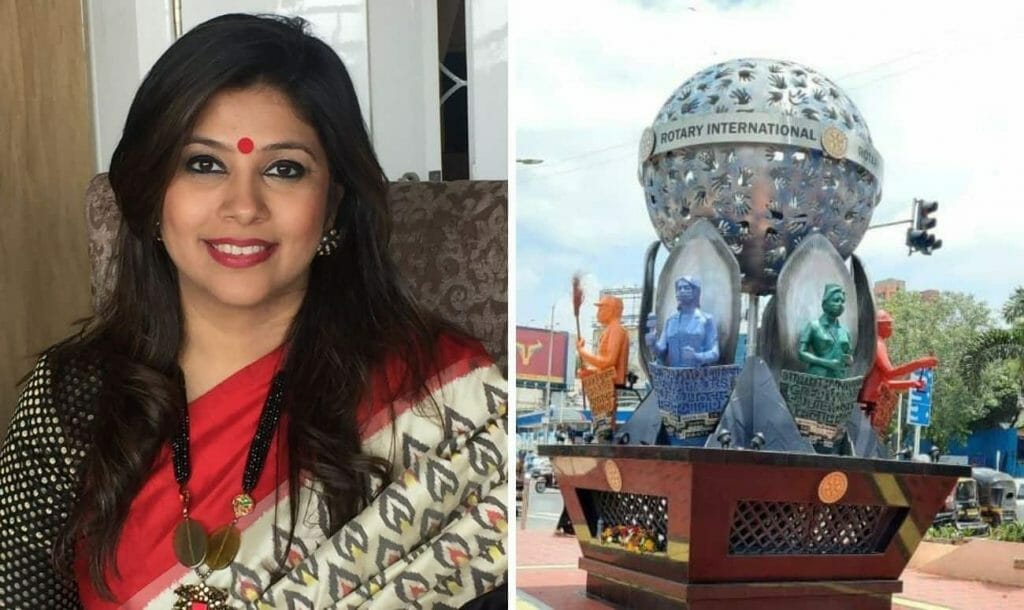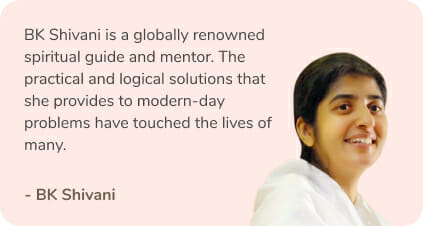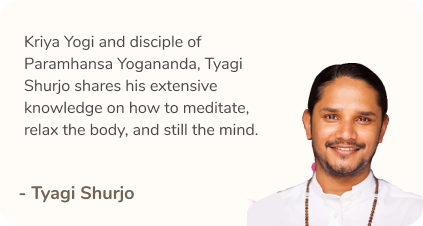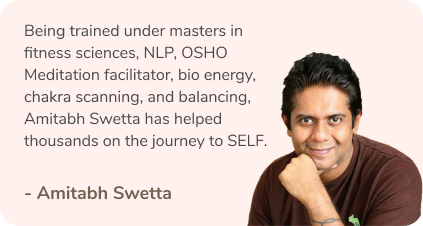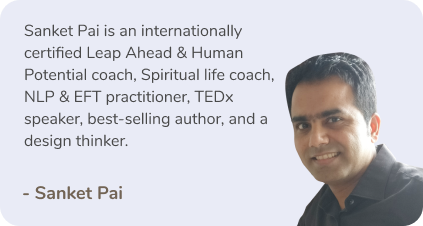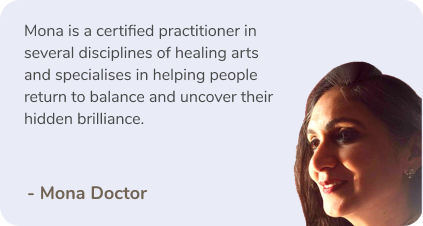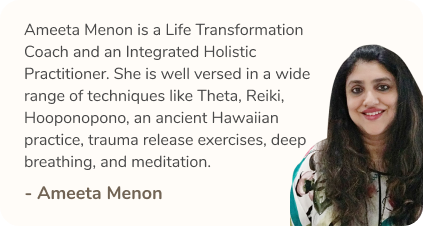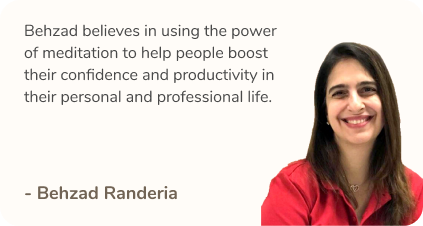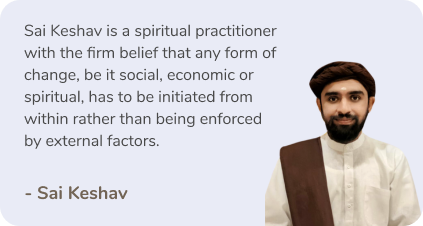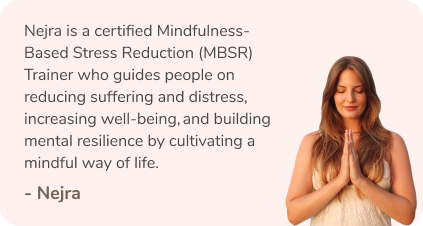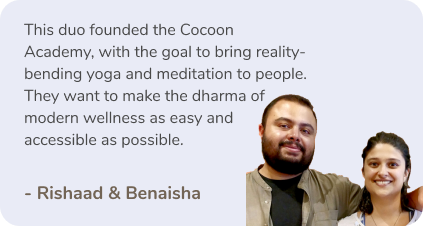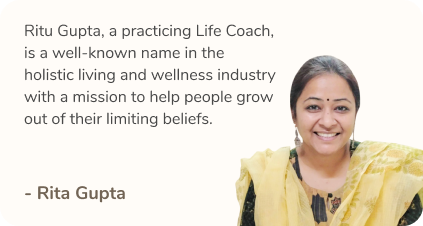Minali Thakkar is a fine art consultant and director of the art advisory firm ART APPROACH. She is an advocate of Art in the real sense. She is constantly asserting and pushing herself with a strong belief in the real purpose of art. Taking each step towards bringing art out of the conventional gallery space out in open settings. Her passion lies in creating art installations using recycled materials. Not only is art her passion but she uses art as a medium for various social causes. Which include the upliftment of women entrepreneurs and social causes in her daily life.
Minali Thakkar holds a Guinness World Award for creating the largest installation with cricket bats, 2019. A Limca Book of Records award for her art installation – ‘Bottle Fall’, made out of 40,000 recycled bottles, 2011. She was also awarded the Women Achievers Award (2012-13) by FICCI. She also received a Nation-Wide Women Excellence Awards 2021.
We got into a conversation with her to understand how art has helped her grow personally and professionally.
ThinkRight.me (TRM): How did art, especially creating art using recycled material became your passion?
Minali Thakkar (MT):
About 10-15 years back, I had a gallery where I used to do a lot of shows and promote a lot of artists in the Queen bylanes of Bandra. At that time there was a festival called Celebrate Bandra, which is a larger-than-life event today under the banner of Times. I was offered to direct the festival as a Festival Director of the Art section.
Trying to understand the art scenario at that time, the biggest challenge was how do we attract the crowd to the gallery. So, the best thing to do was to take the art away from the four walls and put it in front of the public.
That’s how the whole story started at the promenade of Carter Road. When you are creating art at such a beautiful place amidst nature, the sea on one side and promenade on the other, we had to create a larger-than-life structure to do justice to the place.
The idea was initiated because I realized that the materials that we would use to create the installation or the art especially when it is in the open air and we could not be sure about its security, that is when we thought about recycling art.
There were not many funds because we were to make larger than life art sculptures and installations. The kind of proposal that came by it was best to use recycled materials because you truly want to use art not only as an aesthetic purpose but also to create an impact of social change consciously through these visual Elements.
Unconsciously through these visual elements, we thought of using all the trash, which came from our sponsors who were Vodafone and Hindustan Times.
While curating for Hindustan Times, we were just wondering how we could make use of the trash and turn it into gold. So, we happened to create this beautiful installation of 700 – 800 windmills. Made out of the old Hindustan Times newspapers along with the help of amazing artistic teams.
In addition, with Vodafone, they gave us their bills and asked me if we could do something, which would help create an impact and convey a message.
So, what we did was create a bin in the shape of a tree. We asked the by-passers to just pick up the bills and crush them and throw them inside the tree-shaped bin. So, we were sending out a lovely message saying to go online and not ask for hardcopy bills.
Such creative thinking and the environment inspires the kids and people around you. That is how, little hands and imaginative minds came together in a creative burst of energy during the exhibition and inspired me to create art with recycled materials.

TRM: What is it that you strive to express through your art?
MT:
When you ask what I try to express from my art, I would say that, you know we forget the finer things in life, which we come across every day. I’m striving to communicate or to pass on a message that, let’s be aware that there is beauty around us. It can be in a trash bottle or a plastic sheet, the tires or condoms or whatever material we consider the trash, which we feel is a negative part of a body, with a little bit of design or thinking could be converted into a masterpiece.
I would say not only product-wise but situation-wise also. We can create situations which are not favorable. Which we think is a waste of time or a waste of events. With a little bit of hard work and thought process we can turn it into beautiful beginnings. Even beautiful ways of looking at things and surely showing gratitude towards it.
Social issues that bother me or touch me, I try to express that through my art. Sustainable art creation and the use of recycled material have always been close to my heart. Also creating an enriching environment for personal escalation, providing holistic growth, and spur women’s life. Curating activities to help women to evolve their thought processes on various social, personal and legal, and psychological issues have always been on my top list.
TRM: You hold various world records, what were your thoughts and feelings when your art was globally recognised and appreciated?
MT:
When we see a theatre play or a show, nobody understands the pain which goes behind it right. Roam was not built overnight. Similarly, such creation takes, from you as an artist, the team, the deadlines, the pressures, a lot of vision. So, there’s a lot which goes behind a show or behind an art installation. It is just not that you know it’s my work being appreciated but the army being awarded, that particular form of art is appreciated.
The award that I received for the Limca book of World Record, it was an art installation, which had 40,000 bottles. It was an 11 Storey art installation. So, if it’s 11 floors high and 40,000 bottles had to be installed in a particular way. The process and the passion which goes behind creating the whole thing is commendable. Therefore, it’s a great feeling to be allowed to work on large canvases and be appreciated for it.
The second award, which I won, was the Guinness book of world record for an installation of 100 feet long. Let me repeat a hundred feet long art installation where we used more than 1000 to 1200 cricket bats and you look at it and it looks wow.
However, the challenge was if you see, I used the bats to create this installation and not a single Bat was nailed or screwed or stuck on to the framework. That is where I could say that I am a true advocate of recycling. And you know saving the little bats with my design skills. And equally conveying the message out of the celebration of a hundred million tonnes of cement sales for Ultra-Tech. It was a great win situation because; each bat could be removed from the installations and donated to all the sports academies.
So, when my artwork is appreciated and you know all the hard work and the sleepless nights which go behind it are appreciated, it is a big boost.
I am very much thankful for honoring me for excelling in the responsibility that is given to me. These appreciations keep my enthusiasm up in my future work as well.
It allows you to get out of your bed every next day and that all the adventurous projects that I love working on are worth it.
TRM: Using recycled materials for your art must be a task, how do you go about creating it?
MT:
It’s not an easy task working with recycled material. Because every time it’s a new subject, every material has its character. From plastic bottles, to the rubber latex gloves or plastic bowls, condoms, or the tires that we have worked to create a message.
Every material there is a new characteristic or new quality of handling it; you know using it into an installation bending it, sticking it, has a new story.
When we were doing the Limca Book of World Records Art installation, collecting those bottles also was a task. As each bottle had its autobiography as it was used to store water, soil, it was used to store cooking oils, etc. So handling those bottles was a task.
When we saw the condition of the bottles, my team and I sat down and discussed how we could tackle the health issues and hygiene issues, which come by. So what we did was take the help of the people who were already using or collecting these bottles. We educated the scrap collectors, got them vaccinated, and created awareness and they became a part of my team.
While creating the art installations is no less than any other scientist lab. A lot of experimentation happens before the real sculptor comes up.
To create this whole carpet of bottles again was very difficult as we could not stick them. So, we realized that the best way would be to create garlands and use the best traditional medium of Sui Dhaga.
So, I think as a recycling art installation artist there is a parallel lab or scientist lab where inventing the medium, understanding the surface, understanding the product and then understanding the limitations takes place.
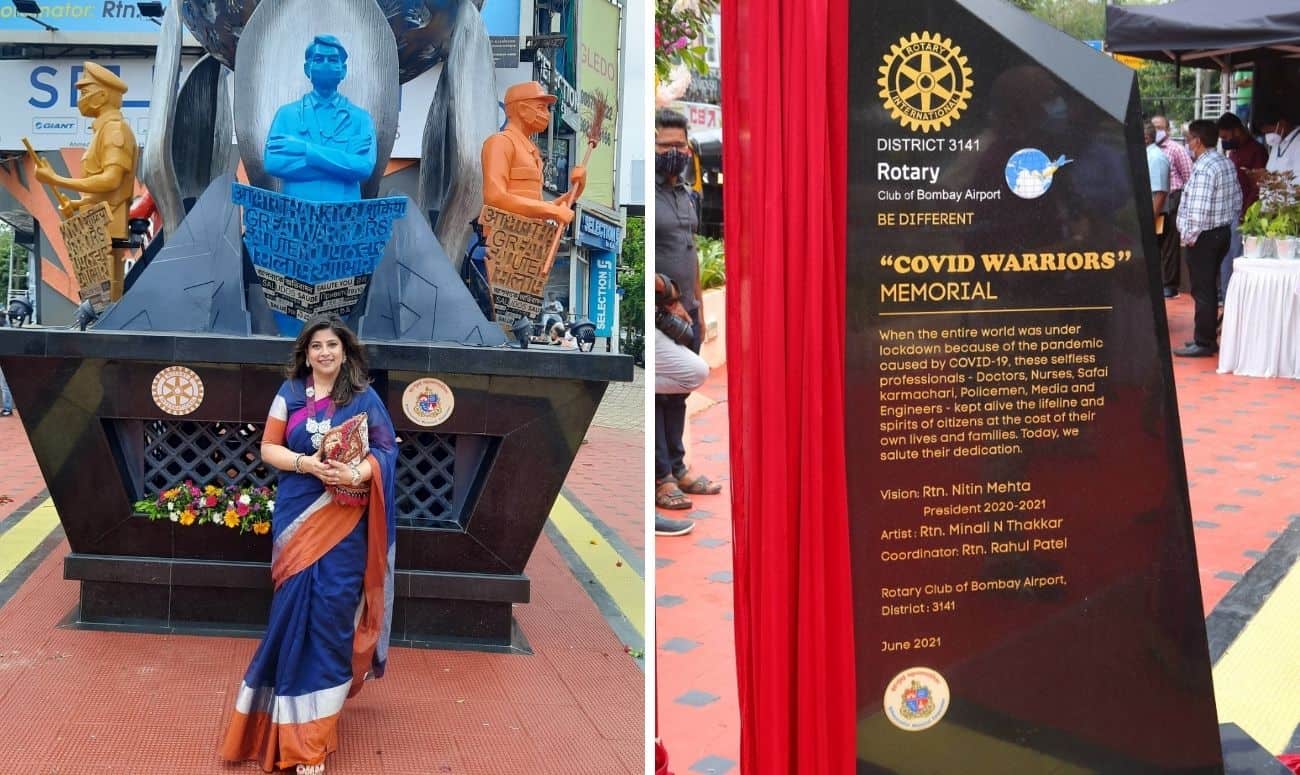
TRM: What does a typical day as the director of Art Approach look like for you? Any specific mindfulness activities that you follow to ensure you give your hundred percent to the day?
MT:
Along with being the director of Art Approach, I can never allow myself to forget that I am also a mother of two masterpieces and I have a family to take care of. A home to look after and nurture as a wife and as a mother and as a daughter in law. In addition, maintaining my social sanity and quality time with my girlfriends. Therefore, a balance is very important as a director.
So, the best time for creating, planning and writing, I would say, is at my desk in the late night. So, there is a boundary set that the work does not come home.
When you talk about mindfulness activities, I would say to balance it out, as my profession is my ultimate passion. I am a happier and a better mom when I am under pressure and occupied with work and engaged. Therefore, I think mindfulness is my work itself that gives all the peace.
During my highs and lows, things that I would recommend as mindfulness activities would be, being grateful and showing gratitude. Saying a thank you when you’re low and being aware of the things around me.
There are a couple of times when there are a lot of meetings and I am out ready setting menus and recipes. As an art director and as a mother your mind is continuously working, planning events to planning your child’s tuition. Especially being the director of the Art approach, it is a hand of activity, it’s much more beyond the four walls, trying materials, experimenting and checking premises, etc.
So, I would say that there is a beautiful blend of family life and as a director of the Art Approach.
TRM: What are your views on art being adopted as a mindfulness activity, especially during recent times?
MT:
Like I had told earlier, I don’t just preach art therapy but practice it too. During the lockdown which was so sudden for everybody. I felt fear too, just like everybody else. So, we as a family are also practicing a lot of art therapy sessions. Because I had been doing this with a lot of people earlier.
I realized that as we came up with The Healing Earth event, whereby we created and designed art therapy worksheets. During the lockdown there were these unknown fears that we developed during the pandemic. This made me realize that I had to give back the art to the community and the art industry that gave me so much.
So, we created these art therapy kits and donated them to a lot of patients in many hospitals and quarantine centers, to the nurses, to the doctors, to the RMO, etc. So this I would say was a very soulful journey. Because I was not a counselor on the phone but helped somebody pour it out on the paper. We received many messages, feedback, testimonials that came back. There were a lot of posts and stories urging people to try out these art therapy kits to help them calm down. It was then that my true belief that art is so much more beyond beautification and that it has healing power.
This was a beautiful example where our therapy helped many patients, kids, hospital workers, covid warriors. It had helped these people to overcome their anxiety and overcome their fear.
When the world was running in a direction, there was a sudden rush and we were all running. This pandemic was surely a pause. Somewhere down the line, I realized that you and I all had that passion for drawing, painting, or dancing. So this pause or hold surely brought out the artist within us. It can be any form of art, a culinary art or painting or singing. So, the lockdown allowed people to go back to what they used to love doing. So, there were many surprises, the best of chefs, the best of artists coming out and many more.
When dealing with new situations we have to create new responses. Whether this is around finding solutions or creating new ways to synthesize our experience. “Art therapy is perhaps more accessible to clients as it can help to focus and process feelings which one cannot put into words. It can offer moments of relaxation and can offer a safe place to imagine and consider positive alternatives to the very negative Coronavirus time that we are all having.”
There was altogether a restructure or new identity created for Art. Frequently words are difficult to express the amount of deep effects and grief people are experiencing during the current confinement. Art is a way to discharge unprecedented levels of chaotic feelings and reduce anxiety around the sense of helplessness.
TRM: 5 things that you suggest everyone should do every day to maintain their connection with their inner creativity.
MT:
Being Thankful
It helps you get through life’s tough times. Because you can easily call to mind all of the good things in your life.
Be observant
Improving your observation skills allows you to “listen” with more than just your ears and make better decisions. Walk slowly and look around in all directions, take pictures of your surroundings, explore new places.
Don’t run or rush
The feeling of rushing prevents you from experiencing fun things. Live Well – Don’t rush through life, It”s a journey not a race
Be kind
Being kind to someone in need also helps us put life into perspective. By practicing gratitude for all that we have, being kind to others who are struggling can help us see that life’s small adversities don’t matter so much.
Be aware of things around
When you know your surroundings, you can take better notice of the things that are out of the ordinary. Appreciate it, it could be a small flower, a small artwork, etc. to walk on the path of connecting with your inner creativity.
Read more: This Amazing Mompreneur Quit Her Job As A CA To Share Her Love For Yoga
Like & Follow ThinkRight.me on Facebook, Instagram, Twitter, and Telegram to stay connected.
